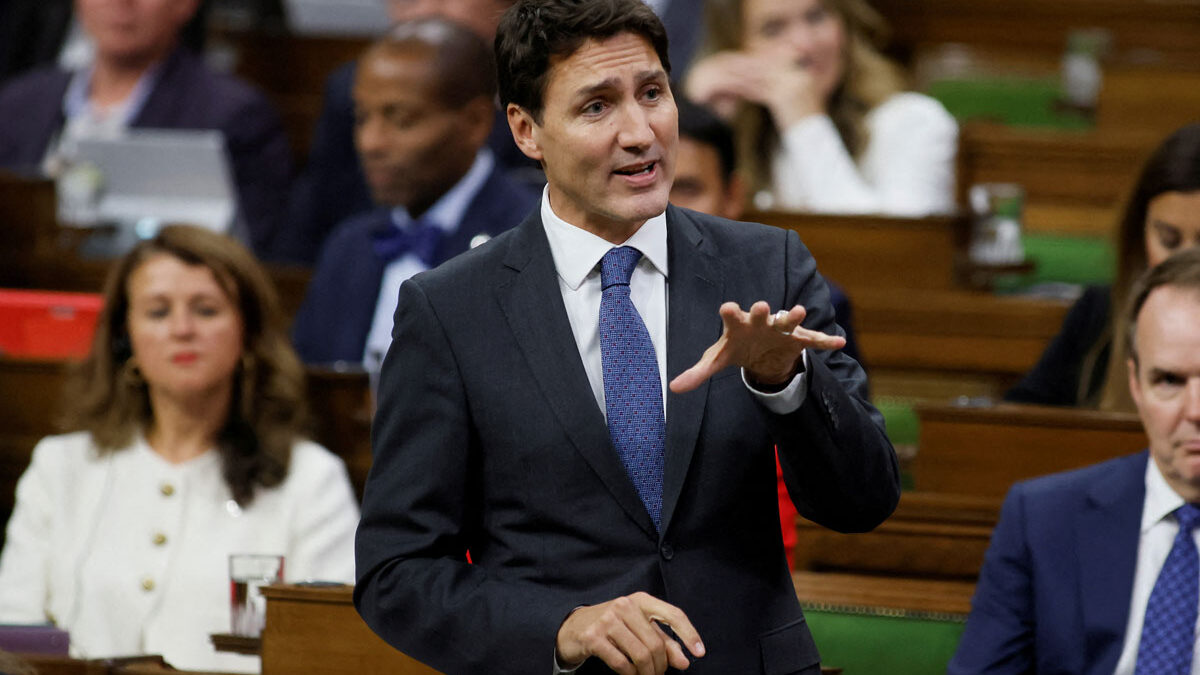In a recent opinion poll conducted for The Globe and Mail, it was clear that respondents were not terribly excited about their political choices. Fifty-three percent hope that Prime Minister Justin Trudeau is replaced as Liberal leader before the next election, while 51% felt the same about Conservative leader Pierre Poilievre.
The leaders find themselves in similar positions but for different reasons. Prime Minister Trudeau has three problems that contribute to his current popularity – or lack thereof. First, there is a palpable sense of voter fatigue among voters for the Liberal government. Of course there is. The government is almost eight years old and Prime Minister Trudeau has been leader of the party for over ten years. No one has unlimited political capital and, inevitably, voters will get itchy when governments have had multiple years (and electoral man dates) to implement their agendas. Second, there an affordability/ cost of living crisis that contributes to the sense that the country is not moving in the right direction – always a dangerous sentiment for incumbents. Third, the government has been widely criticized for its handling of important, high publicity files, including the foreign interference situation and the current impasse with Google and Meta over the Online News Act.
There are a few things that Prime Minister Trudeau can do to try to turn this around. For example, he is rumoured to be planning a major cabinet shuffle. Such a move could help to put a fresh face on government and could help with issues management by handing files to new, energetic ministers. But there is reason to wonder whether the government can really show up differently if the leader stays the same. There used to be speculation that Trudeau would be replaced before the next election but that seems to have quietened over the past months. Trudeau has been emphatic that he is running again.
Poilievre’s approval ratings are similar to Trudeau’s but they tell a different story. No one is blaming Poilievre for the cost of living crisis, inflation, or the poor state of the health care system. He has no record to defend and no government for people to be tired of. It could be
that the problem is his own failure to “gain traction” with the broader population since being selected as party leader less than a year ago.1 He won the leadership with a whopping two-thirds of the vote on the first ballot, leaving all of his opponents in the dust, but this seemingly
unquestionable mandate to lead the party might prove meaningless if he can’t grow the tent. As Conservative leader, he faces the existential and political challenge of trying to appeal to right wing voters without losing the centrists. In the last two general elections, the Conservatives actually won the popular vote but came second in the seat count. Therefore, even if they mobilize more votes, it won’t necessarily mean more seats. Poilievre would need to break through in close ridings in Ontario and British Columbia to turn things around.
The timing of the next election is yet to be known. Though it is scheduled for October of 2025, that schedule is not binding and two years is a long time in politics. The confidence and supply agreement between the Liberals and the NDP is supposed to hold until the scheduled election, but it seems in need of a refresh that would let both parties deliver something new to their constituents.
Given that both Trudeau and Poilievre are polarizing figures, they will both engage in negative rhetoric against the other as a way of maximizing their chance of winning. We see that already. Mr. Poilievre wants Canadians to think that the cost of living and inflation crises are all Justin Trudeau’s fault. As the campaign gets closer, we will likely see the Liberals try to scare voters away from Poilievre by arguing that a Conservative government would dismantle the country, Trump-style. Voters will likely be turned off by the negativity and will be looking for solutions to their many worries about the future of the country, their own finances, and social programs like health care which has reached a state of unprecedented crisis. Low voter turnout is likely but would be very unfortunate. At this point, we need as much engagement as possible to hold politicians to account and so that policy decisions are informed by the will and the priorities of the electorate. The next election will be a test of our democratic institutions as well as the candidates and parties who put themselves forward.

